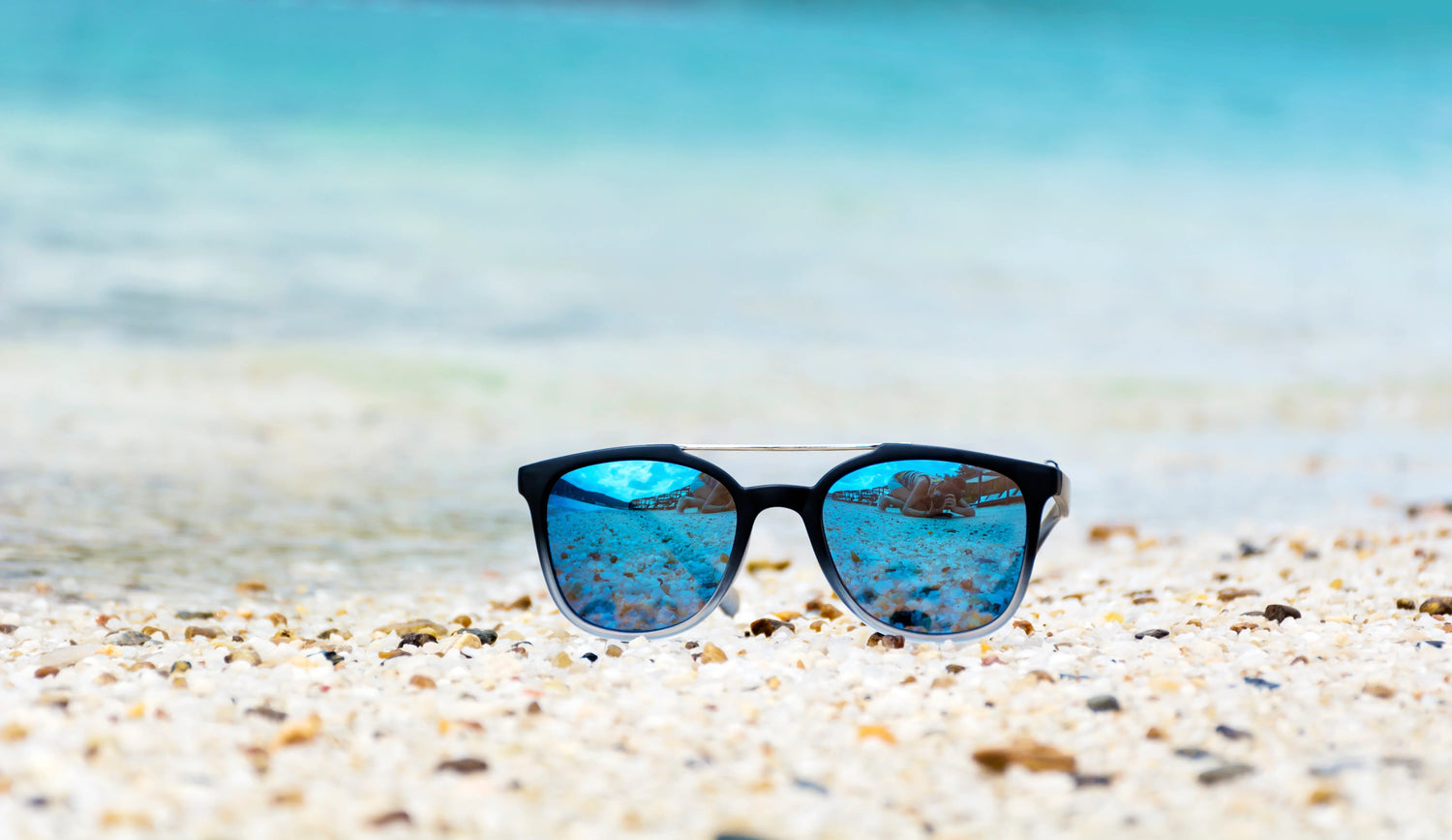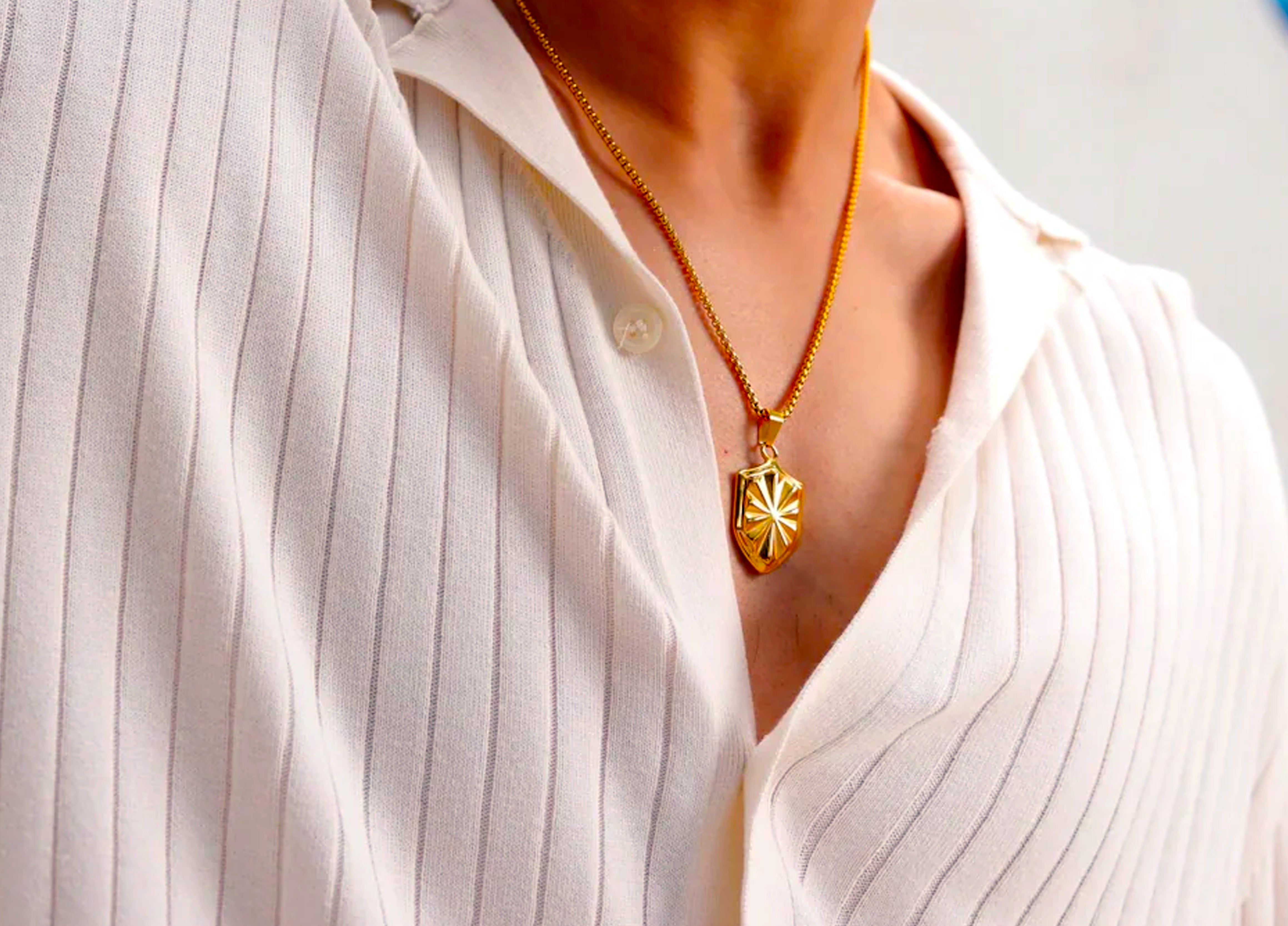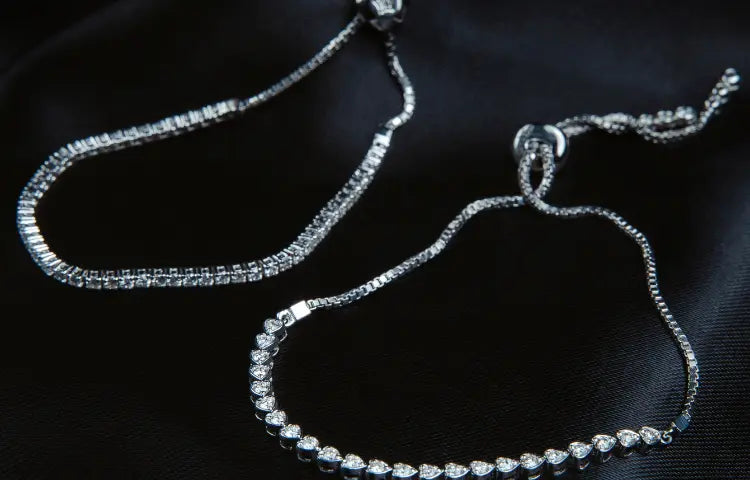Sunglasses go way beyond completing the outfit-they are the first line of defence against harsh UV rays, eye strain and blinding glare. Due to endless options on the shelf, figuring out how to choose sunglasses that suit your lifestyle and protect your eyes can feel overwhelming. Be it stylish streetwear or rugged wear, the perfect pair is not about looks - it's about comfort, clarity, and confidence. If you are driving into the sunset or hiking under the blazing sky, the guide will help you pick sunglasses that work as great as they look.
Types of sunglasses
Sunglasses are more than just a stylish accessory; they are important for eye protection and comfort in every setting. While considering how to pick the right sunglasses, it starts with watching the shades and the occasion.
Casual Sunglasses
These are perfect for daily wear, walking or relaxing around the town. When considering how to choose sunglasses, go for sunglasses with lightweight frames, full UV protection and comfortable nose bridges. Although it's not built for intense movement, it offers a timeless style.
Sport Sunglasses
For running, cycling, hiking or high-energy adventures, sports sunglasses are a must. It generally features impact-resistant lenses, anti-slip grips and wrap-around designs for full coverage. If you are actively wondering how to pick the right sunglasses that won’t slide off mid-run or trail, this category is made for you. Added advantage if it comes with interchangeable lenses to suit changing light.
Glacier Glasses
When heading to snowy or high-altitude areas, glacier glasses are made to handle extreme brightness and UV exposure, especially with reflective surfaces like snow. It comes with side shields for more protection. If you are gearing up for a mountain getaway with your partner, a meaningful accessory like a silver bracelet for a couple can complete your look.
How to choose the best sunglasses?
Sunglasses are an accessory that can complement any outfit-it is a practical tool that protects the eyes and boosts visual appearance. If you are walking directly in the sun, driving for long hours or spending time outdoors, the right sunglasses make a significant difference. As there are so many options available in shape, lenses, material and design, how to choose the best sunglasses can be a bit confusing.
Here are some tips on how to choose sunglasses that match your style, protect your eyes, and complement your daily needs, just like you select a locket for men, a traditional kada or a personalised necklace to beautify your entire look.
Understand the Importance of UV Protection
The first and foremost step in learning how to choose best sunglasses is to check if they protect our eyes from UV rays. Harmful Ultraviolet (UV) rays can damage the cornea, retina and lead to long-term vision issues like cataracts or macular degeneration.
Make sure your sunglasses block 100% of UVA and UVB rays, which is clearly mentioned on the label. Never compromise on the feature, even if the sunglasses are stylish and expensive. Just as you won’t wear a name necklace that doesn’t fit right, it is necessary not to skip on the required protection.
Polarised or Non-Polarised: Which one to choose
Polarised lenses can reduce the glare from reflective surfaces like water and glass windows. The feature is helpful in driving frequently and spending quality time around water to enjoy outdoor adventures.
Polarised lenses make it harder to read digital screens or displays. When choosing between polarised and non-polarised, think about your lifestyle and where you wear the sunglasses more often. If you are someone who pays close attention to details like picking the right shade or lens that match the outfit, you will appreciate the value of polarisation that it brings to the eyewear.
Comfort and Fit Matter More Than You Think
If you wear sunglasses for long durations, especially when driving, attending an event or travelling, comfort is the non-negotiable part. Sunglasses should fit well without pinching the nose or sliding off the ears. Look for the following:
- Adjustable nose pads
- Flexible hinges
- Lightweight, skin-friendly materials
Consider the Occasion and Activity
Not all sunglasses are meant for every occasion. Just like you can’t wear accessories to the gym, your sunglasses should fit the setting:
Casual wear: Classic wayfarers in a neutral shade go well with every casual outfit and occasion.
Workplace: Sunglasses should have minimalistic frames with subtle tints.
Sports or outdoor activities: Wrap-around or performance shades with high durability work best for physical activities and outings.
Travel or beach days: A polarised lens with high UV protection will keep your eyes safe while travelling or going to the beach.
Don’t Overlook Style—It’s a Part of You
Beyond function, sunglasses are a reflection of one's personality. If you lean towards aesthetics, minimal frames or bold mirrored lenses, the sunglasses should be a reflection of your style. A pair of trendy sunglasses can be paired with other accessories like personalised bracelets, lockets and pendants.
Types of lenses in sunglasses
Picking a pair of stylish sunglasses is fun. Selecting the right lens colour can improve visual clarity, comfort and eye length. Every time there is a proposal, it's cutting glare, improving contrast or reducing eye strain. Here are some tips to understand how to choose the best sunglasses based on the lens colour and daily lifestyle.
Grey Lenses
Grey lenses are a popular choice when learning how to choose sunglasses. These lenses have a colour perception by reducing overall brightness without distorting natural tones. It is good for all-purpose use, commuting, walking, driving or soaking up the sun. If you want the shades to transition smoothly from city streets to coastal roads, grey-tinted lenses are a good choice. It is good for those who want comfort with clarity.
Rose & Red Lenses
When considering how to choose sunglasses for a longer duration, red and rose lenses are worth a closer look. It filters the blue light, one of the primary culprits of digital and sunlight-induced eye strain, while giving in-depth contrast and depth perception. This makes it ideal for drivers and outdoor enthusiasts. It adds a soft, trendy touch to the outfit, proving that functionality and fashion go hand-in-hand.
Yellow & Orange Lenses
These vibrant lenses work well with low-light or foggy conditions to give better depth perception and contrast. If you’re figuring out how to pick the right sunglasses for indoor sports, evening bike rides, night driving, yellow and or orange glasses should be in your range. It helps cut glare from oncoming headlights and street lamps, making navigation safer and clearer.
Green Lenses
Green lenses offer a good balance of contrast and brightness reduction, which makes them an athlete’s favourite. If you are golfing, fishing or playing tennis, green lenses sharpen visual details while keeping the eyes comfortable in different light conditions. There are a number of options when exploring how to choose best sunglasses that perform under pressure and unpredictable weather.
Blue & Purple Lenses
Blue and purple lenses combine aesthetics with real optical benefits and help filter infrared rays that cause eye fatigue. In case you are in bright, open environments, such as a beach or boat deck, shaded preserves eye comfort and adds a modern edge to the look. When you are accessorising, consider pairing it with personalized keychains for a coordinated finish.
Brown & Amber Lenses
If you’re wondering how to pick the right sunglasses for variable or overcast weather, brown and amber tints are a good match. The warmer hues filter out blue light and increase contrast, thus offering a sharp, clear vision when the sun is hiding. It is effective for outdoor sports like hiking or cycling, where lighting shifts frequently.
Melanin Lenses
For those looking for serious UV protection, melanin lenses (usually amber or yellowish in appearance) are a smarter investment. It mimics the natural pigment in the skin, which shields against UV radiation, making it beneficial for individuals with light sensitivity or eye protection. In case focusing on how to choose the customized sunglasses that give the best of protection and prevention, melanin lenses tick every box
FAQs
Q: What’s the one mistake to avoid when buying sunglasses?
Ans: Don’t buy sunglasses based on the colour and the shape. Check the UV protection first. Searching for the best sunglasses starts with protecting the vision first then comes styling around it.
Q: What should I look for in a pair of sunglasses?
Ans: Choose sunglasses with 100% UV protection, comfortable fit and high-quality lenses, polarised if you need glare reduction. Pick a lens that suits the environment and a frame style that complements the face and the occasion.
Q: How to check if sunglasses are the best UV protector?
Ans: Check the label to make sure the sunglasses give 100% UVA and UVB protection. This is the most important factor while considering the best sunglasses for eye protection. Avoid sunglasses without a UV rating, irrespective of the price and style.
Q: Do sunglasses expire or lose their UV protection over time?
Ans: With time, the UV protective coating on sunglasses can degrade, especially if it is exposed to extreme sun, heat or frequent cleaning with harsh chemicals. To give better protection, replace the sunglasses every 1-2 years when they show signs of wear.




Leave a comment
All comments are moderated before being published.
This site is protected by hCaptcha and the hCaptcha Privacy Policy and Terms of Service apply.